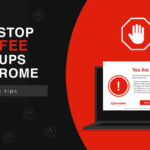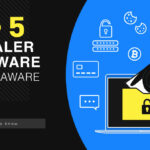We’ve all been there – you’re trying to check out a perfectly innocent website when suddenly Chrome throws a dramatic “Your connection is not private” warning at you. No need to panic. This isn’t your browser being overprotective – it’s actually trying to save you from potential trouble.
What’s Actually Happening Here?
Think of this error as your browser having a trust crisis. It’s essentially saying, “I don’t trust this website’s security credentials, so I’m not letting you in.” This happens when there’s an issue with the site’s SSL certificate – that little padlock icon that tells you a connection is secure.

The most common causes include expired security certificates, misconfigured website settings, or your computer’s clock being way off (yes, really). Sometimes it’s a sign of something more sinister like a man-in-the-middle attack, where someone’s trying to intercept your data. But most often? It’s just a technical hiccup.
Quick Fixes for “Your Connection is Not Private” Error
Despite looking like a major crisis, this error is usually fixable with some simple steps. Let’s start with the easy ones before you throw your device out the window.
1. The “Did You Try Turning It Off and On Again?” Approach
Check for typos in the URL – sometimes “amazom.com” isn’t the retail giant you were hoping for. Try refreshing the page with F5 or the refresh button. Sometimes the internet just has a momentary brain freeze.
2. Fix Time Travel Issues (System Date/Time)
Your computer’s date and time matter more than you’d think. If your device thinks it’s still 2019 or living in the future, SSL certificates will look either expired or not yet valid. SSL certificates are time-sensitive creatures.
For Windows: Right-click on the clock → Adjust date/time → Enable “Set time automatically” and hit “Sync now.” Your PC might just be living in the wrong timezone or decade.
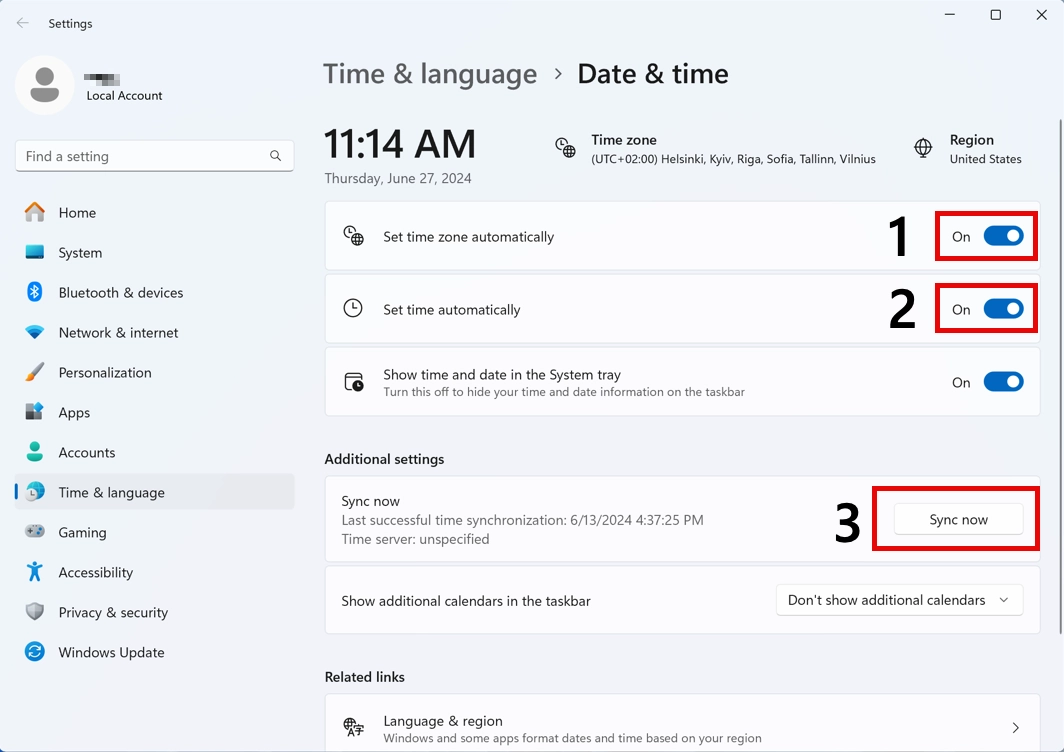
For Mac: System Settings → General → Date & Time → Check “Set time and date automatically.” Your Mac will sync with time servers and rejoin the present.

3. Go Incognito (Not Just for Shopping Gifts)
Sometimes your browser’s saved data is causing conflicts. Incognito mode strips away all the baggage and gives you a clean slate. It’s like putting your browser in witness protection – no history, no cookies, no problems.
4. Clean Out the Digital Junk Drawer (Clear Browser Cache)
Browsers collect cache and cookies like your grandma collects ceramic figurines – and sometimes they need to be cleared out. This digital decluttering often resolves connection issues and gives your browser a fresh start.
Chrome Cache Clearing
In Chrome: Menu (three dots) → Settings → Privacy and security → Clear browsing data. Select “Cookies” and “Cached images and files” and hit that Clear button like you mean it.

Firefox Cache Clearing
In Firefox: Menu → Settings → Privacy & Security → Clear History. Delete those cookies and cached web content to give Firefox a clean slate.

Edge Cache Clearing
In Edge: Menu → Settings → Privacy, search, and services → Choose what to clear. Select your digital debris and click “Clear now” to sweep it all away.

5. Check for Rogue Extensions
Browser extensions can be like well-intentioned but clumsy friends – sometimes they break things while trying to help. Check for outdated or suspicious extensions that might be interfering with your secure connections.
6. Try the WWW Magic Trick
Sometimes websites have different SSL certificates for their “www” and non-www versions. Adding “www.” to the beginning of the URL might just solve your problem. It’s the digital equivalent of “have you tried jiggling the handle?”
7. Update All the Things (Browser & OS)
Outdated browsers are like expired milk – they both lead to unpleasant experiences. Check if your browser needs updating by going to Settings → About. If you see an update button, click it and let the magic happen.
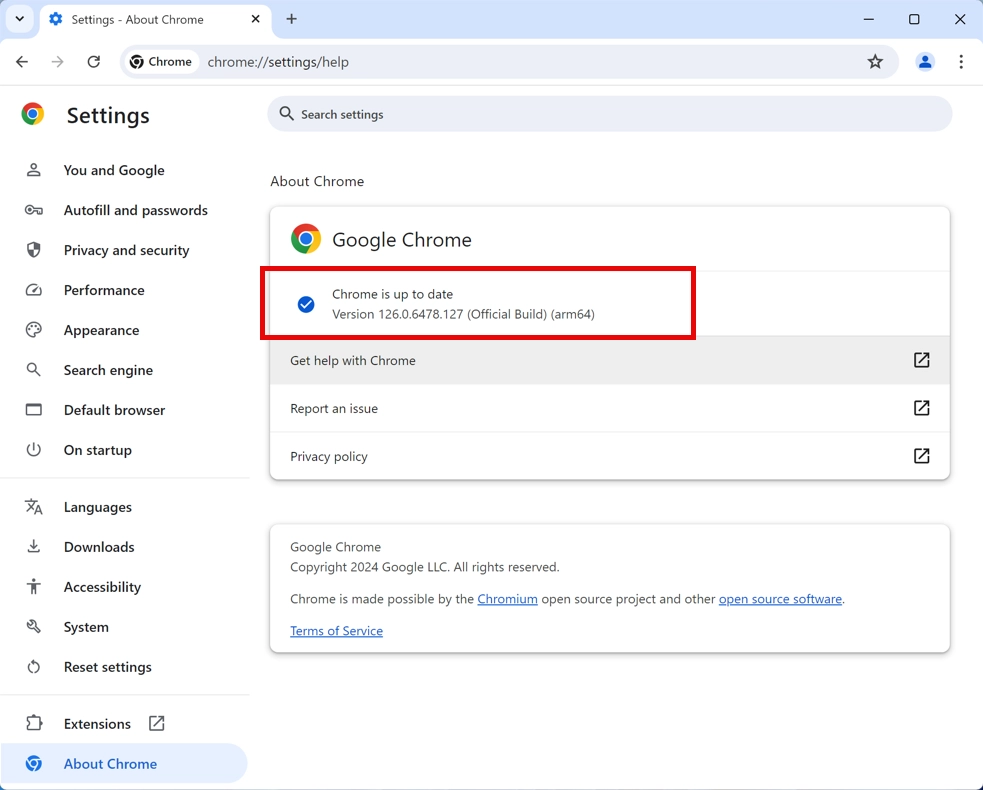
Don’t forget your operating system too. On Windows, go to Start → Settings → Windows Update → Check for updates. On Mac, visit System Settings → General → Software Update to get the latest fixes.
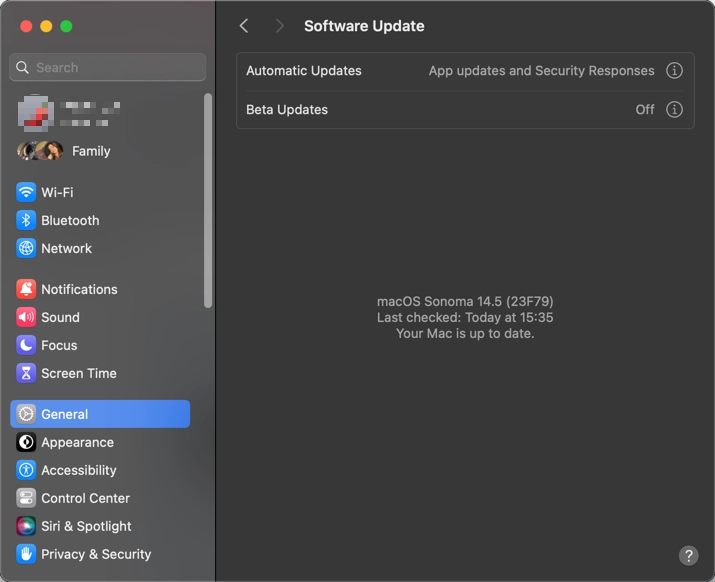
Specific Error Solutions by Device Type
Mobile Devices: When Your Phone Gets Trust Issues
This error isn’t just a desktop problem – mobile devices get it too. For Android users, the fixes are similar: check your date/time, clear Chrome data, and update your browser. The error often pops up more on public WiFi networks that use captive portals or require logins.
For iPhone users, go to Settings → General → Date & Time and make sure “Set Automatically” is enabled. Then try clearing Safari’s browsing data through Settings → Safari → Clear History and Website Data.
WiFi Issues: Public Networks and Connection Problems
Public WiFi is notorious for triggering these errors. Many public networks use “captive portals” that intercept secure connections to show you login pages. Try visiting a plain HTTP site first to trigger the login page, then return to your HTTPS site.
On home networks, try resetting your router if you’re seeing this error on multiple devices. A simple power cycle (unplug, wait 30 seconds, plug back in) can sometimes clear up strange connection issues.
Security Software Conflicts
When Your Security Software Gets Overprotective
Sometimes your antivirus or VPN is the problem. Security software can intercept secure connections to scan for threats, but in doing so, they can trigger these errors. It’s like your bodyguard tackling the mailman because they didn’t recognize the uniform.
Try temporarily disabling your VPN or checking your antivirus settings for features like “HTTPS scanning” or “web shield.” These features mean well, but sometimes they break secure connections instead of protecting them.
The “Attackers Might Be Trying to Steal Your Information” Warning
When Chrome adds “Attackers might be trying to steal your information” to the error, it sounds terrifying. This usually happens on public WiFi networks that intercept connections or when there’s actual malware involved. If you’re on public WiFi, this is fairly common and isn’t always cause for panic.
However, if you see this at home on your regular network, it’s worth checking for malware. Certain types of malicious software can hijack your connections and trigger these warnings.
Malware Check: When Private Connection Errors Persist
If none of the fixes work, malware might be tampering with your secure connections. Some sneaky programs hijack SSL certificates to spy on your traffic. Your browser, being the good guard dog it is, barks loudly when it detects these fake certificates.
How to Scan for Certificate-Hijacking Malware
Running a thorough malware scan is your best bet here. GridinSoft Anti-Malware can detect and remove threats that might be causing these certificate errors. It not only cleans up existing threats but also provides ongoing protection against future certificate hijacking attempts.
Step-by-Step Guide to Removing SSL-Hijacking Malware
Follow these steps to scan your system and remove any malware that might be causing your connection issues:
Step 1: Download and Install GridinSoft Anti-Malware
Start by downloading a anti-malware solution like GridinSoft Anti-Malware. Our tool is specifically designed to detect and remove various types of malware, including those that interfere with your secure connections.
Step 2: Run a Full System Scan
After installation, launch the program and select “Full Scan” to thoroughly check your entire system. This comprehensive scan will examine all files, including those that might be hidden or disguised as legitimate system files.

The scan may take some time depending on your system size and speed, but it’s important to let it complete without interruption. A thorough scan is crucial for finding deeply embedded threats that might be causing your SSL certificate issues.
Step 3: Review and Remove Detected Threats
Once the scan completes, you’ll see a list of any detected threats. Pay special attention to items categorized as “PUP” (Potentially Unwanted Program), “Trojan,” or “Spyware” as these are common culprits for certificate hijacking.
Click the “Clean Now” button to remove all detected threats. In some cases, you might need to restart your computer to complete the removal process.
Step 4: Verify Your Connection
After removing the malware, restart your browser and try accessing the website again. If the certificate issues were caused by malware, you should now be able to connect without seeing the “Your connection is not private” error.
For ongoing protection against similar threats, consider enabling GridinSoft’s real-time protection features. This will help prevent future infections that might compromise your secure connections.
The Bottom Line
“Your connection is not private” errors are like car alarms – annoying but usually trying to protect you. In most cases, a simple browser refresh, cache clearing, or date adjustment will solve the problem. If those don’t work, consider the possibility of network issues or malware.
Remember that this error is actually your browser trying to keep you safe, even if its methods are sometimes dramatic. It’s better to have an overly cautious browser than one that lets you wander into dangerous territory without warning.
And if all else fails? Maybe it’s the universe telling you that you’ve spent enough time online today. Go outside, touch some grass, and try again later. The internet will still be there when you get back.


